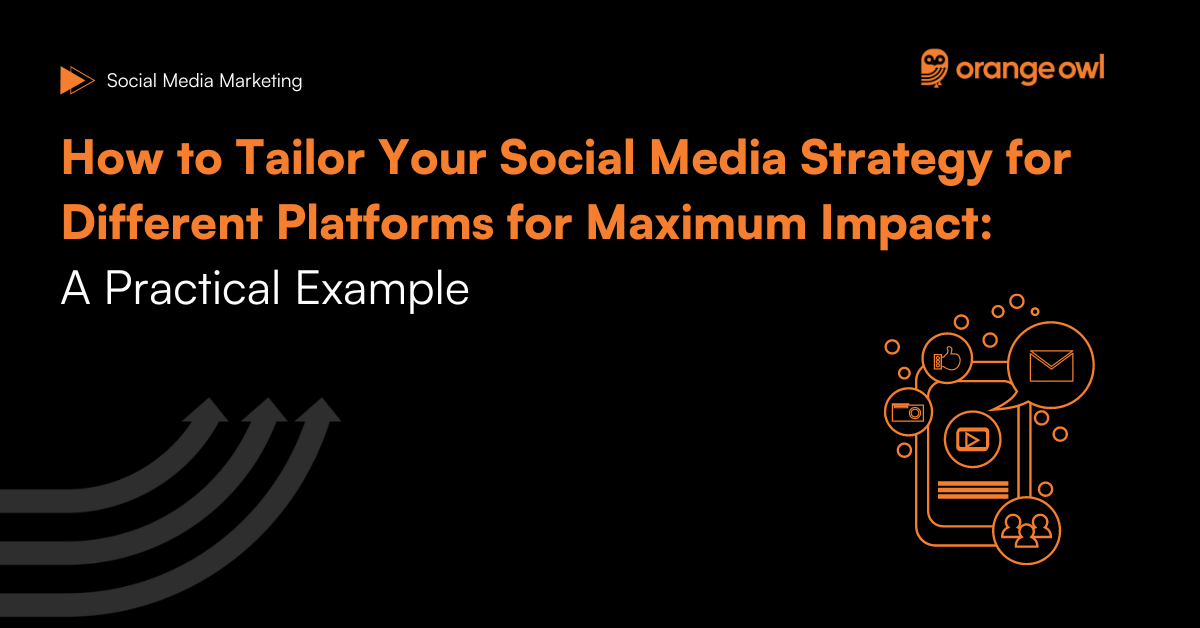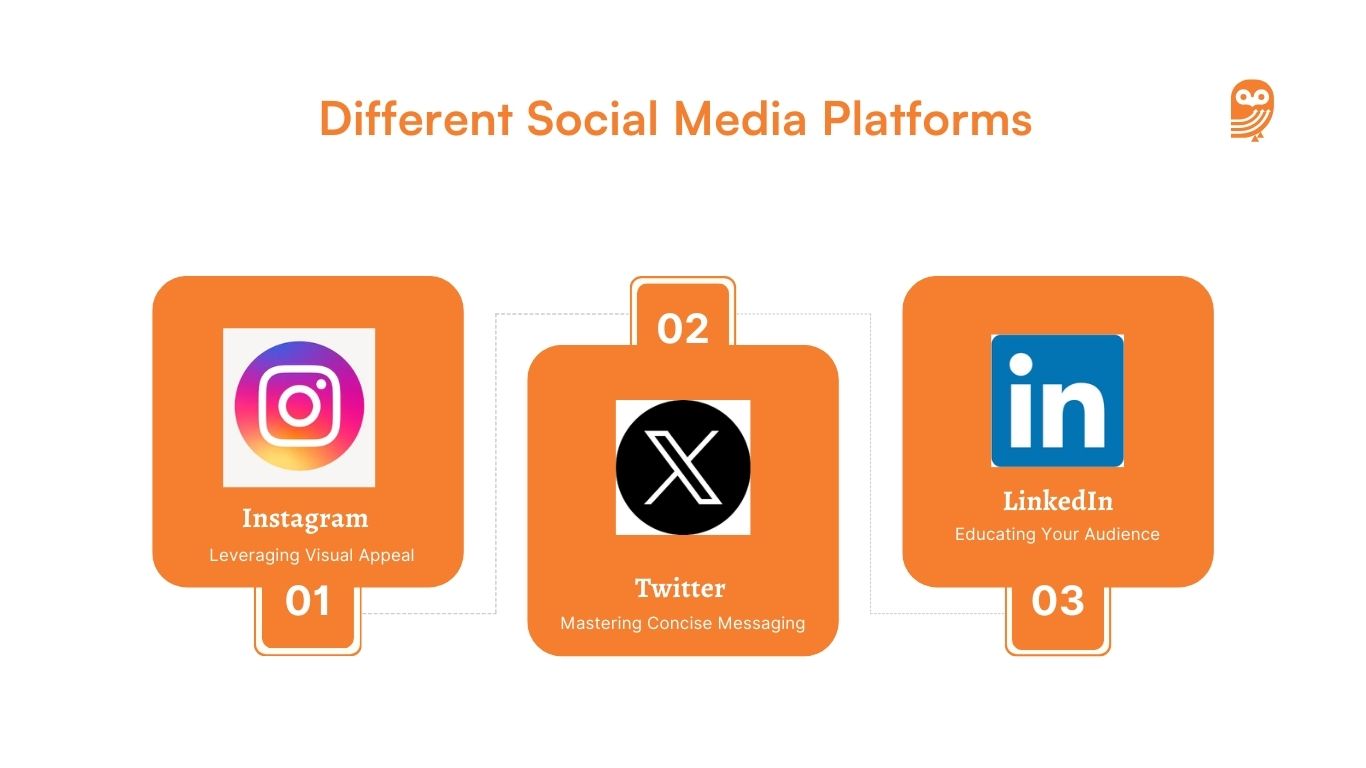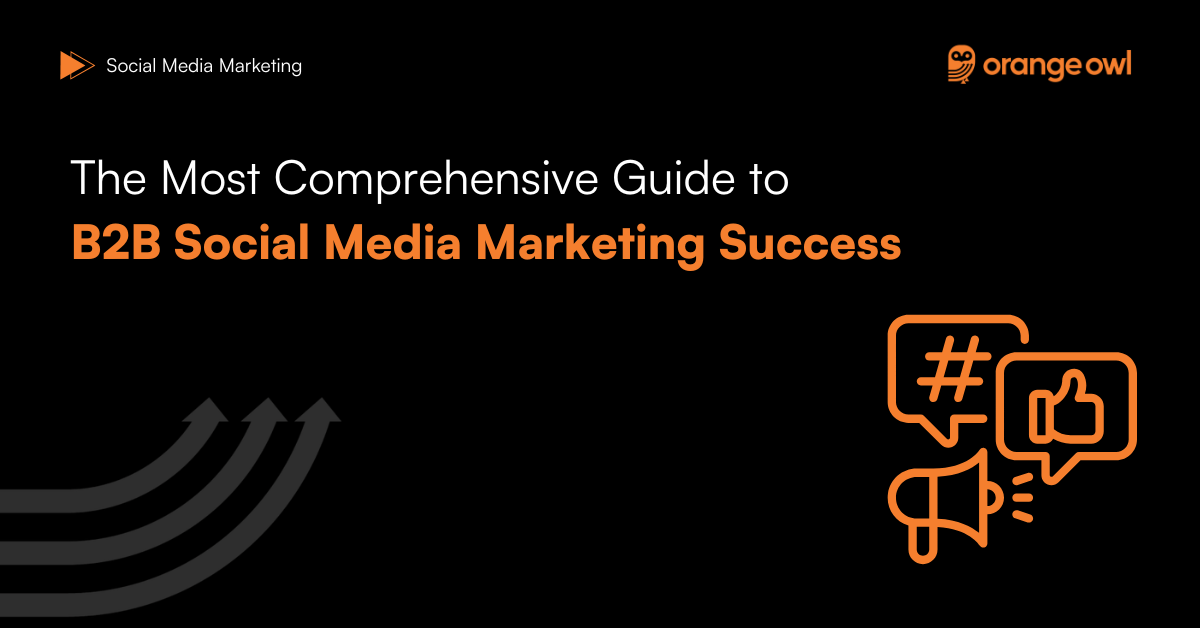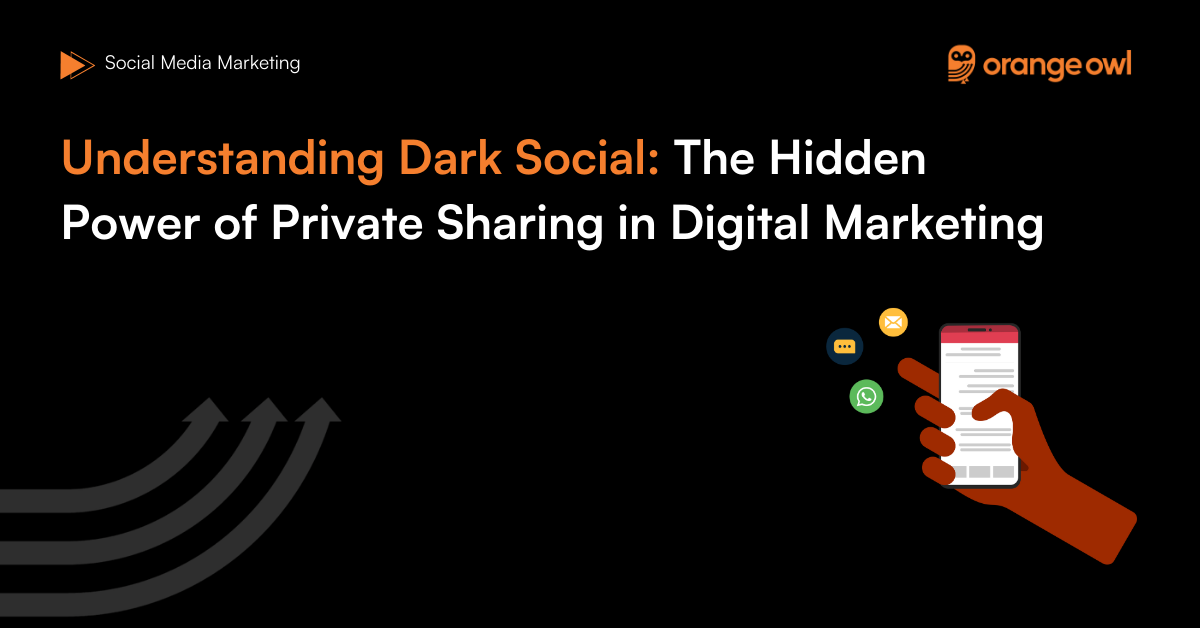How to Tailor Your Social Media Strategy for Different Platforms for Maximum Impact: A Practical Example
Vivek Goel
February 8, 2025

Table of Contents
In today’s digital age, each social media platform has its own unique audience demographics, content formats, and engagement styles. According to a Q2 2024 Sprout Pulse Survey, 78% of consumers surveyed strongly/somewhat agree that—compared to a year ago—a brand’s social media presence has a larger impact on whether or not they trust that brand. That number goes up to 88% for Gen Z. What influences that trust the most? The content you post on social. As a B2B marketer, adapting your approach to suit each platform’s specific features is crucial for connecting with your audience more effectively and maximizing impact.
In this blog post, we’ll explore how to tailor your social media strategy for Instagram, Twitter, and LinkedIn, using the example of sharing a B2B case study.
Benefits of Platform-Specific Content
Increased Engagement:
Customizing content for each social media platform caters to the unique preferences and behaviors of its user base, resulting in higher engagement rates. For example, short and impactful videos may captivate audiences on Instagram, whereas detailed blog posts could engage users on LinkedIn.
Higher Conversion Rates
By aligning the content with the platform’s dominant demographics and user preferences, businesses can significantly enhance their conversion rates. For instance, a well-crafted LinkedIn article addressing industry pain points can lead directly to service inquiries or demo requests from professionals looking for solutions.
Brand Consistency Across Channels
Tailoring content does not mean altering your brand message; it’s about adapting the message to fit the platform while maintaining a consistent brand voice. This ensures that whether a customer interacts with your brand on Twitter, LinkedIn, or Instagram, they receive a coherent brand experience.
Understanding Platform Algorithms
Each social media platform has its own unique algorithm that dictates how content is displayed and prioritized. Understanding these algorithms is crucial for effectively tailoring your content to each platform:
Focuses on user engagement, visual appeal, and timeliness. Posts with high engagement (likes, comments, shares) and those that utilize Instagram’s various features (Stories, Reels) tend to have greater visibility.
Prioritizes content that fosters professional engagement. Posts that trigger discussions and share insightful content related to professional development or industry news are more likely to be displayed to a broader audience.
Values timeliness and user interaction. Tweets that receive immediate engagement in the form of retweets, comments, and likes shortly after posting tend to be prioritized by the algorithm. Twitter also considers the recency of posts, making timely content crucial for visibility.
Understanding these algorithms helps marketers create content that not only engages but also exploits specific algorithmic tendencies of each platform to maximize visibility and interaction. For instance, while LinkedIn content may focus on depth and professional relevance, Twitter content should be concise, timely, and designed to prompt immediate responses.
Audience Segmentation
Different segments of your audience might be more active or responsive on different platforms. For example:
Professionals might spend more time on LinkedIn where they seek career-related content and professional updates.
Younger Audiences might be more engaged on Instagram or Snapchat where visual and dynamic content performs well.
Segmenting your audience allows you to tailor your social media campaigns to target the right group on the right platform, maximizing both engagement and ROI.
Let’s Look at a Practical Example: Tailoring a Case Study Campaign

Instagram: Leveraging Visual Appeal
Instagram is a highly visual platform, popular among Millennials and Gen Z. The key to success here is creating visually appealing content that can capture attention quickly.
Example: Sharing a B2B Case Study
1. Carousel Post Structure:
- Slide 1: Eye-catching Cover Image
- Use an engaging cover image with the title of your case study. This should be visually appealing and hint at the success story you’re about to share.
- Slide 2: Client’s Challenge
- Highlight the client’s challenge with a compelling visual. Use icons, brief text, and imagery that represents the issue.
- Slide 3: Your Solution
- Showcase your solution using infographics. Keep the text minimal and focus on visual representation.
- Slide 4: Results
- Display the results with a graph or chart. Highlight key metrics and outcomes to show the impact of your solution.
2. Instagram Stories:
- Provide quick highlights or behind-the-scenes insights related to the case study.
- Use features like polls, Q&A, and swipe-up links (if available) to drive engagement and direct users to the full case study on your website.
Tips:
- Utilize high-quality images and professional design tools to create your visuals.
- Maintain a consistent brand aesthetic to reinforce your brand identity.
Twitter: Mastering Concise Messaging
Twitter is known for its concise and real-time content, making it ideal for sharing quick updates and engaging with industry trends.
Example: Promoting a B2B Case Study
1. Tweet Series:
- Tweet 1: “Discover how we helped [Client] overcome [Challenge] with our innovative solution. #CaseStudy #B2BMarketing”
- Introduce the case study and hint at the challenge and solution.
- Tweet 2: “Key results: Increased efficiency by 30%, reduced costs by 20%. Learn more: [Link] #BusinessGrowth”
- Highlight key results and provide a link to the full case study.
- Tweet 3: “Want to know the secrets behind our success with [Client]? Read our full case study here: [Link] #MarketingStrategy”
- Encourage engagement by posing a question and inviting users to read more.
2. Hashtags and Mentions:
- Use relevant hashtags to increase visibility.
- Tag industry influencers or the client (with their permission) to boost reach and engagement.
Tips:
- Keep tweets short and impactful, making every word count.
- Use visuals like images, GIFs, or short videos to make your tweets more engaging.
LinkedIn: Educating Your Audience
LinkedIn is the go-to platform for business professionals and decision-makers. It’s perfect for sharing in-depth, educational content.
Example: In-Depth Case Studies
1. LinkedIn Post/Article Structure:
- Introduction:
- Briefly introduce the client and their challenge. Set the context and pique the reader’s interest.
- Solution:
- Explain your approach and the strategies you used. Provide detailed insights and share why these strategies were chosen.
- Results:
- Highlight the measurable outcomes and benefits. Use data, graphs, and charts to support your points.
- Conclusion:
- Share key takeaways and potential applications for other businesses. Encourage readers to think about how these insights could apply to their own challenges.
2. Engage with LinkedIn Groups:
- Share the case study in relevant LinkedIn groups and engage with comments to foster discussion and network with industry peers.
Tips:
- Use a professional tone and detailed explanations to establish authority.
- Include visuals to break up the text and make the article more engaging.
Tools and Resources for Effective Content Tailoring
Several tools can aid in effectively tailoring content for different social media platforms:
Buffer or Hootsuite for scheduling and analytics across multiple platforms.
Canva for creating platform-optimized visual content.
BuzzSumo for discovering popular content types and formats in your industry.
Sprout Social for advanced analytics and audience insights.
Leveraging these tools helps ensure that your content is optimized for each platform, based on both performance data and user engagement metrics.
Expert Tips and Best Practices for Tailoring Your Social Media Content
Here are some expert tips and best practices for tailoring content across different social media platforms:
Keep the Core Message Consistent Across Platforms
B2B Example: A SaaS company promoting a new product feature could maintain a consistent message about the feature’s benefits but adapt the presentation to fit each platform. On LinkedIn, the message could be part of a longer article discussing the feature in the context of industry trends, while on Instagram, it might appear as a quick reel on how to use the feature and its benefits. On Twitter, post a thread with step-by-step instructions to use the feature effectively.
Optimize Content for Each Platform:
Image and Video Specifications: Adhere to each platform’s recommended image sizes and video lengths. For example, Instagram videos should be shorter and more visually appealing, while LinkedIn videos can be longer and more detailed, focusing on product demonstrations or expert interviews.
B2B Example: A manufacturing company might share detailed tutorial videos on LinkedIn to engage a professional audience, whereas on Twitter, they could post shorter, attention-grabbing clips from those videos to generate interest and direct traffic to the full content on their website.
Engage with the Audience Using Platform-Specific Features
Instagram: Utilize Stories and Reels to ask followers for their opinions on new products or industry changes, encouraging interactive engagement through polls and Q&A features.
LinkedIn: Participate in or create professional groups related to your industry where you can share insights, ask questions, and start discussions that position your brand as a thought leader.
B2B Example: A B2B marketing agency might use LinkedIn polls to gauge opinions on the latest marketing strategies or tools, encouraging discussion and engagement directly relevant to the interests of their professional audience.
Test and Iterate Based on Performance Analytics:
Continuous Testing: Regularly experiment with different types of posts, times of posting, and hashtags to discover what drives the most engagement and conversions.
Data-Driven Adjustments: Use platform analytics to understand which content performs best. For example, if video content on Twitter leads to more website traffic compared to images, allocate resources to create more video content.
B2B Example: A cybersecurity firm could analyze which types of content (webinars, blogs, infographics) lead to the highest engagement and adjust their content strategy accordingly. If webinars on recent data breaches have high attendance and engagement, they might increase the frequency of these sessions.
By adhering to these expert tips and continuously adapting based on analytics, B2B companies can maximize the effectiveness of their social media strategies, ensuring they meet their audience’s needs and business objectives effectively across different platforms.
Conclusion: Maximize Your Social Media Impact
Tailoring your content to each platform’s strengths ensures maximum impact and engagement. By leveraging Instagram’s visual appeal, Twitter’s concise messaging, and LinkedIn’s in-depth format, you can effectively share your B2B case studies and connect with your audience. Remember, the key to success is understanding the unique features and audience preferences of each platform and adapting your strategy accordingly.
By doing so, you’ll not only enhance your social media presence but also drive better results for your B2B business. So, go ahead and start crafting platform-specific content to share your success stories and inspire your audience!


